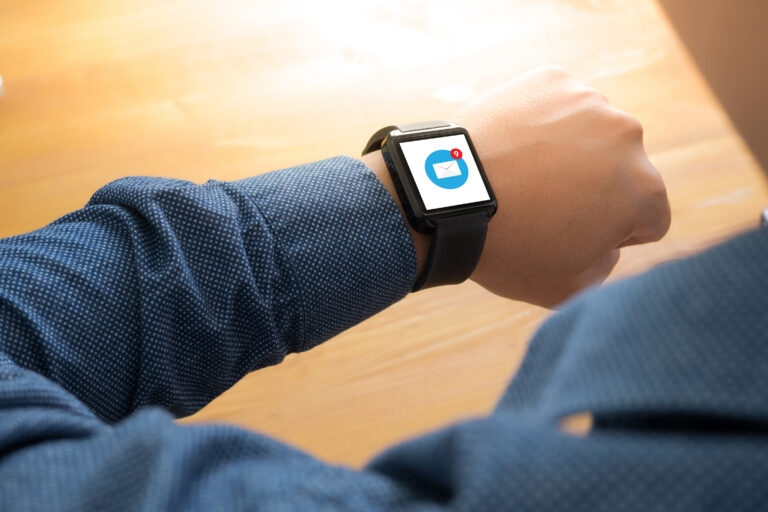Home-based robotics can indeed support upper-limb rehabilitation in people with multiple sclerosis (MS) by providing accessible, repetitive, and task-oriented training that promotes motor recovery and functional improvement. These robotic systems enable patients to engage in therapy within their own homes, which can enhance motivation, adherence, and the generalization of skills to daily life activities.
Upper-limb impairment in MS often results from muscle weakness, spasticity, coordination difficulties, and sensory deficits, all of which affect a person’s ability to perform everyday tasks. Traditional rehabilitation typically requires frequent visits to clinics, which can be challenging due to mobility limitations, fatigue, or geographic barriers. Home-based robotic devices offer a promising alternative by delivering consistent, intensive therapy without the need for constant therapist supervision.
Robotic rehabilitation devices designed for upper limbs usually include exoskeletons or end-effector systems that assist or resist arm movements. These devices can guide the patient through repetitive, goal-directed tasks such as reaching, grasping, or manipulating objects. The repetitive nature of robotic training is critical because it encourages neuroplasticity—the brain’s ability to reorganize and form new neural connections—which is essential for recovery after neurological damage like that caused by MS.
One of the key advantages of home-based robotics is the ability to integrate task-oriented training, which focuses on practicing meaningful activities rather than isolated movements. This approach helps patients develop skills that directly translate to real-world functions. When combined with remote monitoring technologies, therapists can track progress, adjust difficulty levels, and provide feedback, ensuring that the training remains effective and personalized.
Moreover, home-based robotic rehabilitation supports patient autonomy and self-efficacy. Patients can control the timing and intensity of their sessions, which may increase engagement and motivation. Training in the familiar home environment also promotes skill transfer to daily activities, potentially leading to better long-term outcomes.
Technological advances have further enhanced the potential of these systems. Some devices incorporate virtual reality or gamified interfaces, making therapy more engaging and providing cognitive challenges alongside motor training. Others use sensors and artificial intelligence to adapt assistance levels in real time, matching the patient’s capabilities and encouraging active participation.
Despite these benefits, challenges remain. The cost and complexity of robotic devices can limit accessibility. Ensuring ease of use for people with varying degrees of disability is critical. Additionally, while evidence from stroke rehabilitation supports the effectiveness of home-based robotic therapy, research specifically focused on MS is still emerging. More large-scale, long-term studies are needed to establish standardized protocols, optimal training doses, and to confirm sustained benefits.
In summary, home-based robotics offers a valuable tool for upper-limb rehabilitation in MS by enabling intensive, task-specific, and patient-centered therapy in a convenient setting. As technology continues to evolve and research expands, these systems are likely to become an integral part of comprehensive MS rehabilitation strategies.





